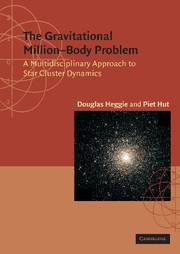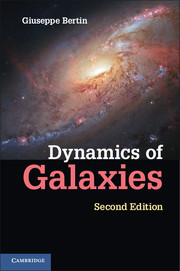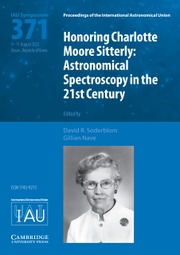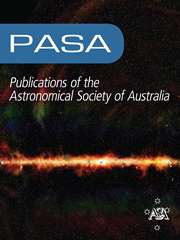The Gravitational Million–Body Problem
A Multidisciplinary Approach to Star Cluster Dynamics
£140.00
- Authors:
- Douglas Heggie, University of Edinburgh
- Piet Hut, Institute for Advanced Study, Princeton, New Jersey
- Date Published: January 2003
- availability: Available
- format: Hardback
- isbn: 9780521773034
£
140.00
Hardback
Other available formats:
Paperback
Looking for an inspection copy?
This title is not currently available on inspection
-
The globular star clusters of the Milky Way contain hundreds of thousands of stars held together by gravitational interactions, and date from the time when the Milky Way was forming. This 2003 text describes the theory astronomers need for studying globular star clusters. The gravitational million-body problem is an idealised model for understanding the dynamics of a cluster with a million stars. After introducing the million-body problem from various view-points, the book systematically develops the tools needed for studying the million-body problems in nature, and introduces the most important theoretical models. Including a comprehensive treatment of few-body interactions, and developing an intuitive but quantitative understanding of the three-body problem, the book introduces numerical methods, relevant software, and current problems. Suitable for graduate students and researchers in astrophysics and astronomy, this text also has important applications in the fields of theoretical physics, computational science and mathematics.
Read more- Provides an insight to the most recent developments in the field of collisional stellar dynamics
- Written to be accessible to astronomers, theoretical physicists, computational scientists and mathematicians
- Complete with exercises throughout to test, consolidate and extend knowledge
Reviews & endorsements
'The book contains lucid and concise descriptions of most of the important tools in the subject, with only a modest bias towards the authors' own interests.' Classical and Quantum Gravity
See more reviews'Enhanced by exercises for the reader, this book is a comprehensive preparation for cutting edge research in the field of stellar dynamics.' Orion
'What they did, covers many aspects of the problem: a historical overview, analytical details for the solvable cases, numerical solutions including computer codes for others, applications for astrophysical examples like star clusters, and a reference list covering twenty pages.' Zentralblatt MATH
Customer reviews
Not yet reviewed
Be the first to review
Review was not posted due to profanity
×Product details
- Date Published: January 2003
- format: Hardback
- isbn: 9780521773034
- length: 372 pages
- dimensions: 244 x 170 x 22 mm
- weight: 0.79kg
- contains: 85 b/w illus. 5 tables 136 exercises
- availability: Available
Table of Contents
Part I. Introductions:
1. Astrophysics introduction
2. Theoretical physics introduction
3. Computational physics introduction
4. Mathematical introduction
Part II. The Continuum Limit:
5. Paradoxical thermodynamics
6. Statistical mechanics
7. Motion in a central potential
8. Some famous models
9. Methods
Part III. Mean Field Dynamics:
10. Violent relaxation
11. Internal mass loss
12. External influences
Part IV. Microphysics:
13. Exponential orbit instability
14. Two-body relaxation
15. From Kepler to Kustaanheimo
Part V. Gravothermodynamics:
16. Escape and mass segregation
17. Gravothermal instability
18. Core collapse rate for star clusters
Part VI. Gravitational Scattering:
19. Thought experiments
20. Mathematical three-body scattering
21. Analytical approximations
22. Laboratory experiments
23. Gravitational burning and transmutation
Part VII. Primordial Binaries:
24. Binaries in star clusters
25. Triple formation and evolution
26. A non-renewable energy source
Part VIII. Post-Collapse Evolution:
27. Surviving core collapse
28. Gravothermal oscillations
29. Dissolution
Part IX. Star Cluster Ecology:
30. Stellar and dynamical evolution
31. Collisions and capture
32. Binary star evolution and blue stragglers
33. Star cluster evolution
Appendices.
Sorry, this resource is locked
Please register or sign in to request access. If you are having problems accessing these resources please email [email protected]
Register Sign in» Proceed
You are now leaving the Cambridge University Press website. Your eBook purchase and download will be completed by our partner www.ebooks.com. Please see the permission section of the www.ebooks.com catalogue page for details of the print & copy limits on our eBooks.
Continue ×Are you sure you want to delete your account?
This cannot be undone.
Thank you for your feedback which will help us improve our service.
If you requested a response, we will make sure to get back to you shortly.
×






